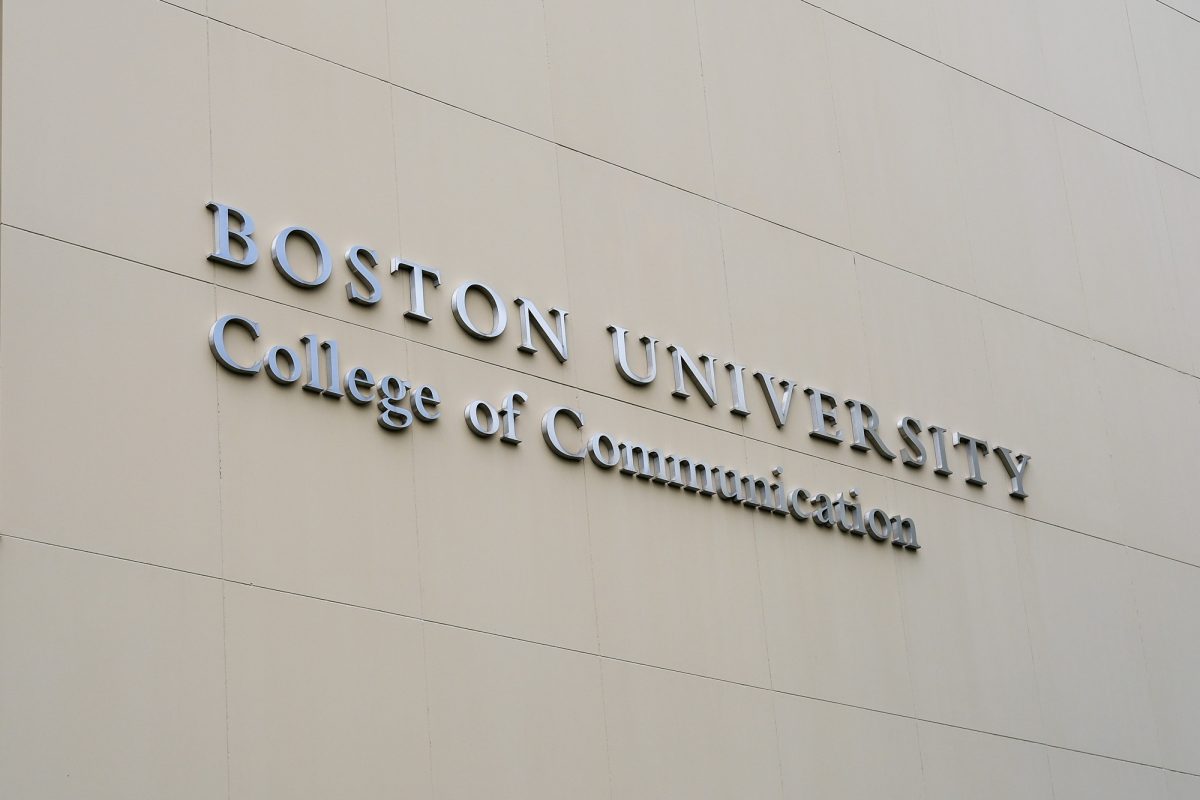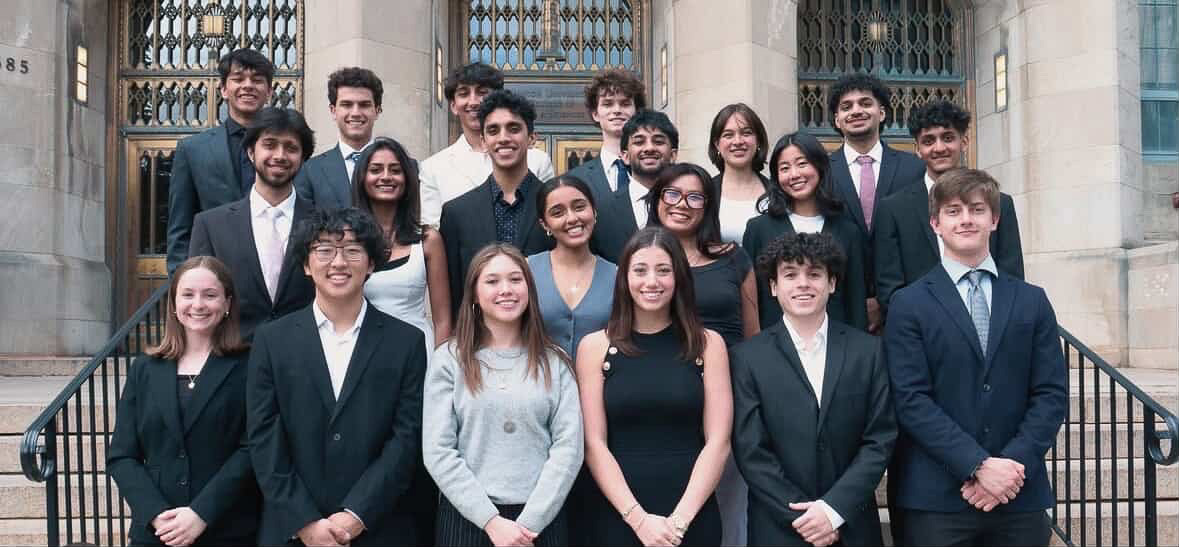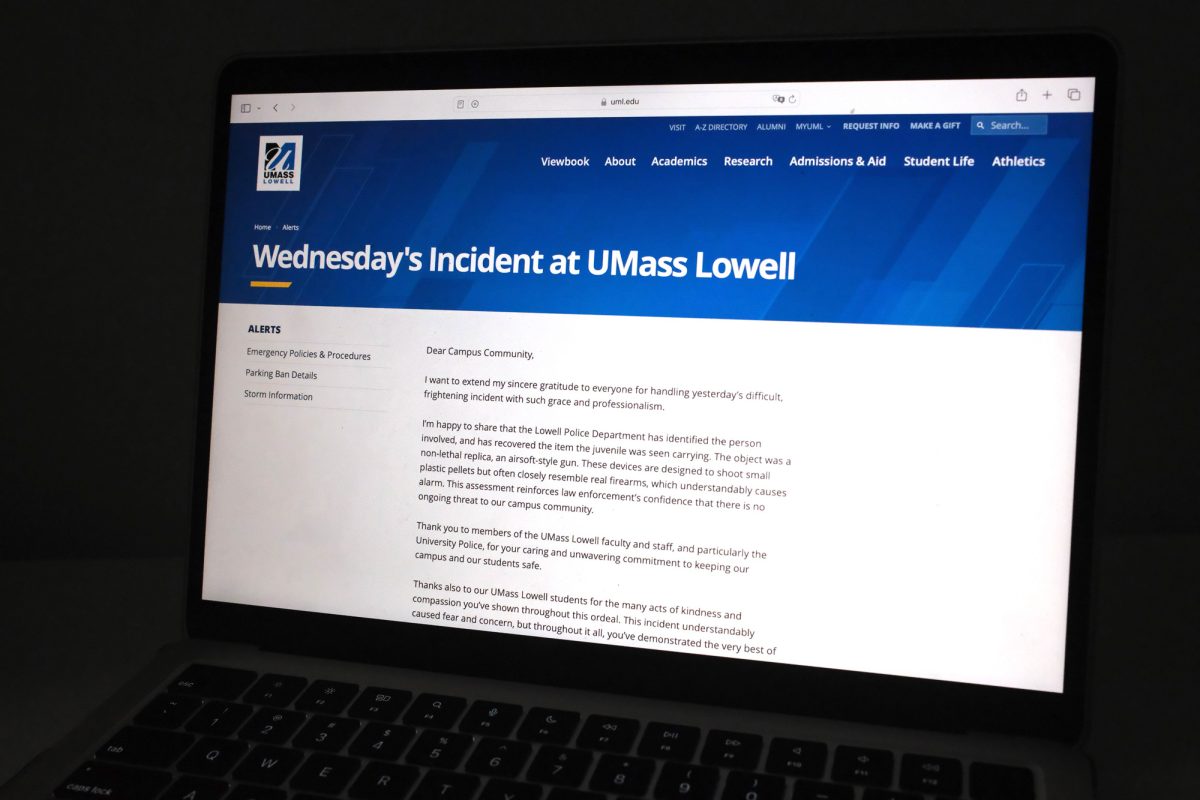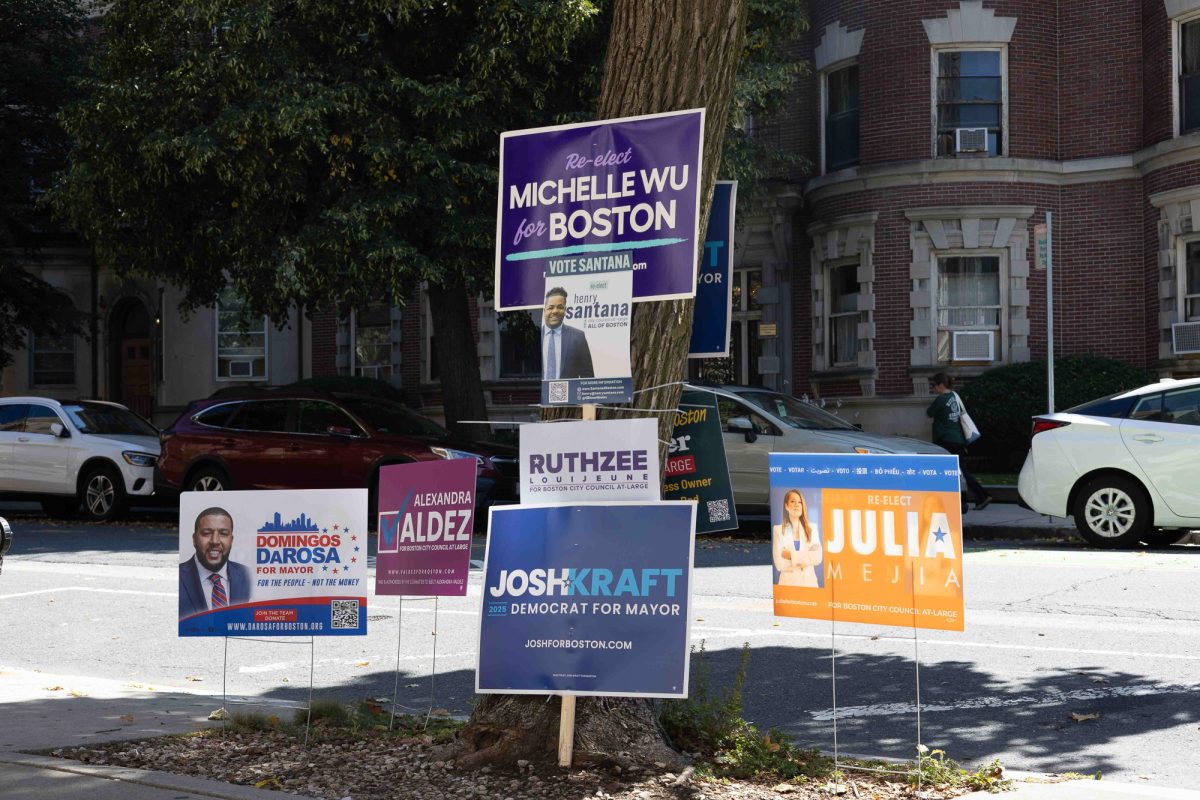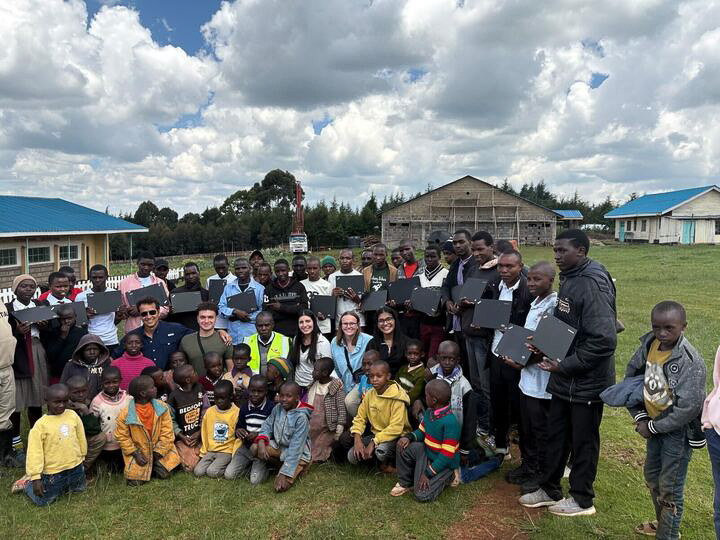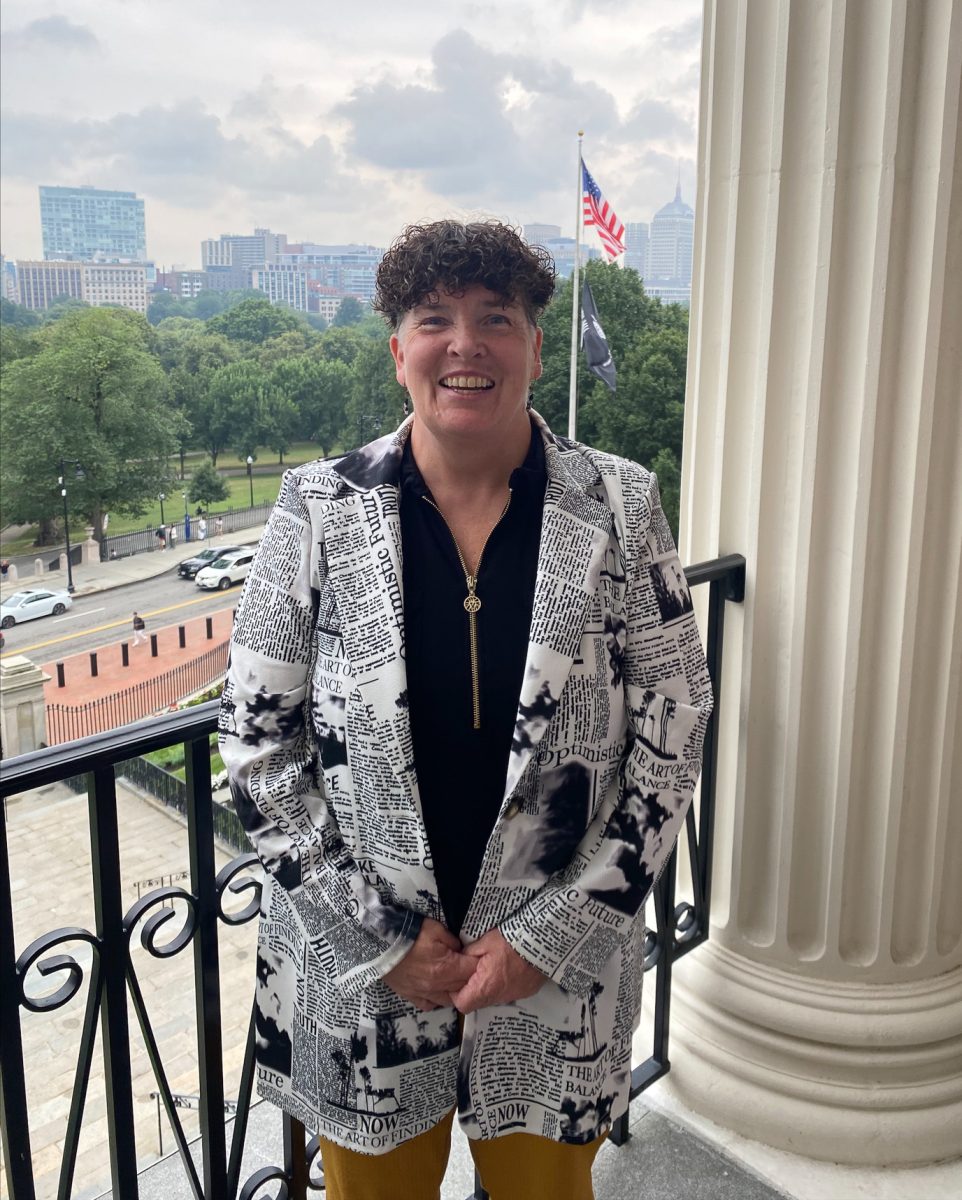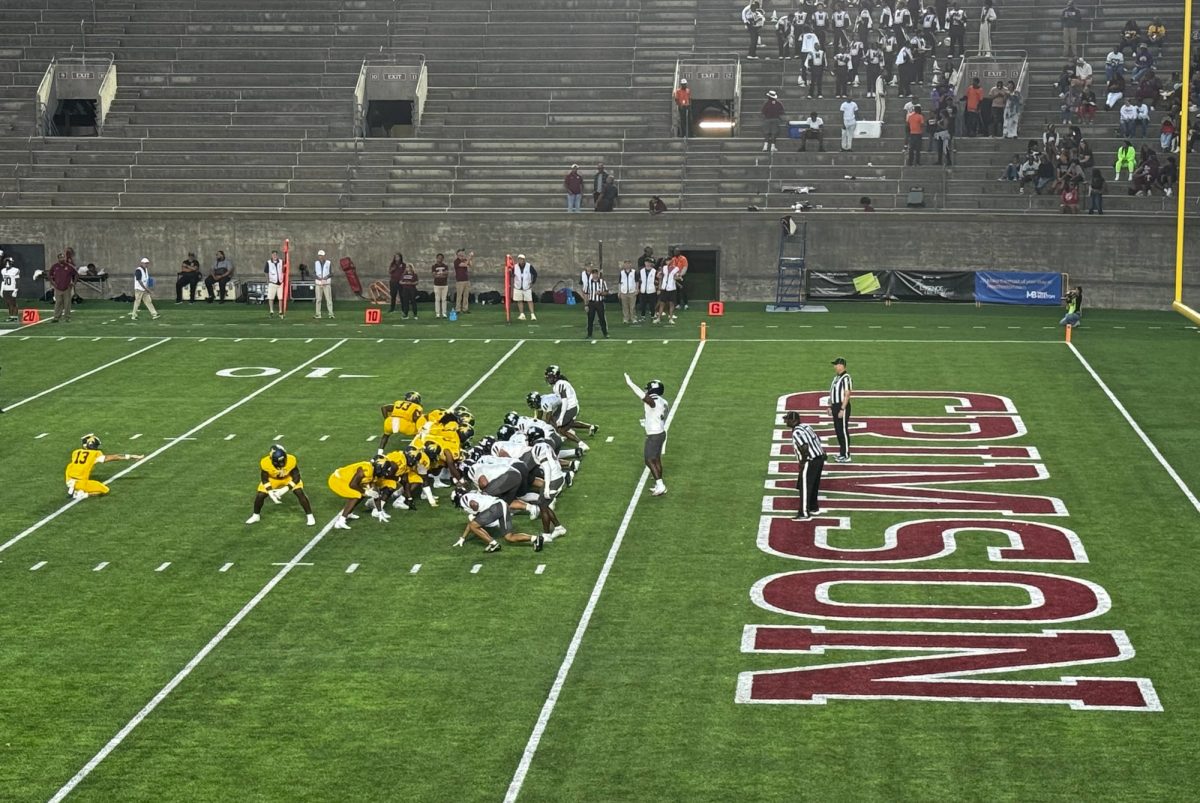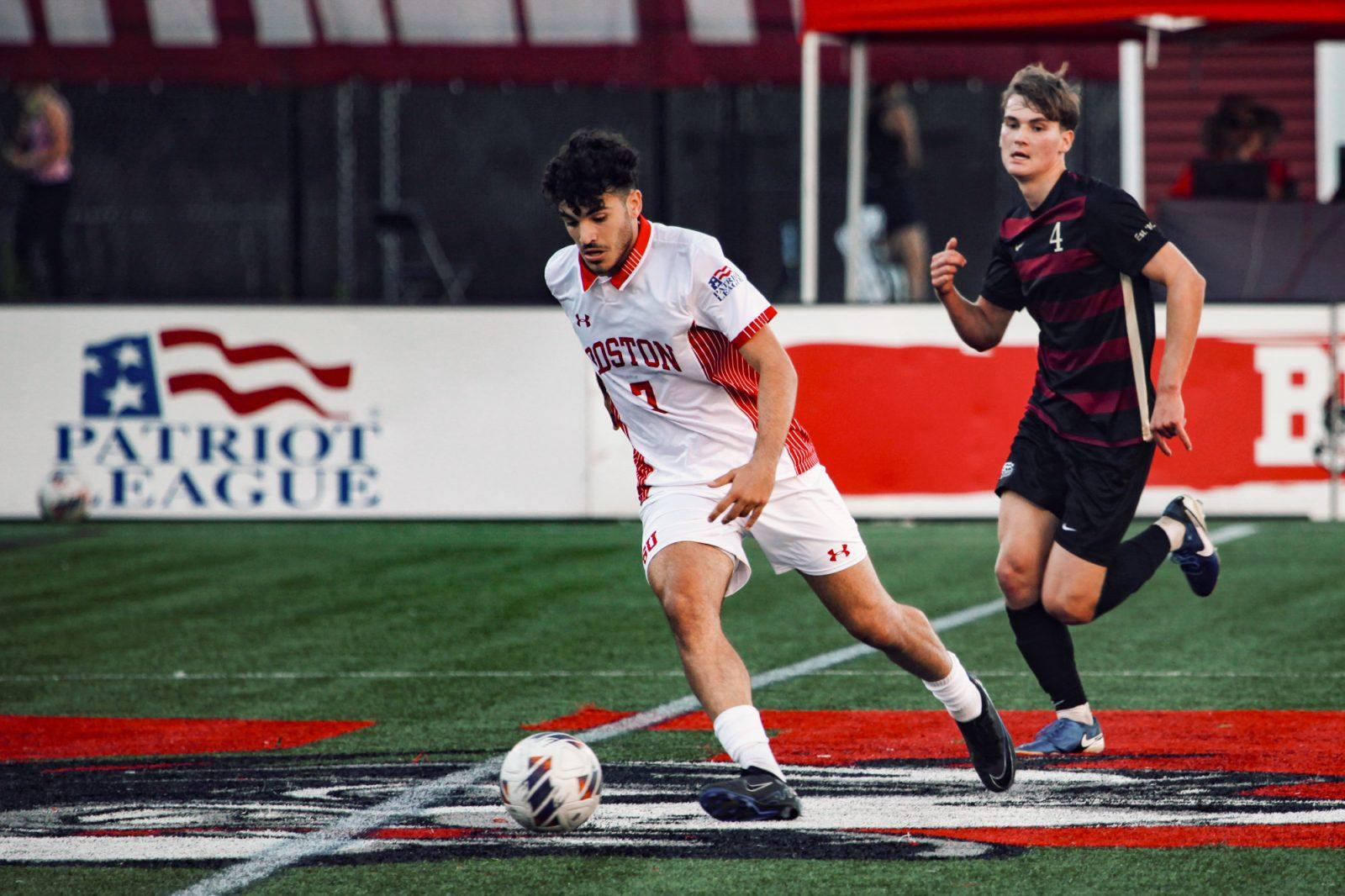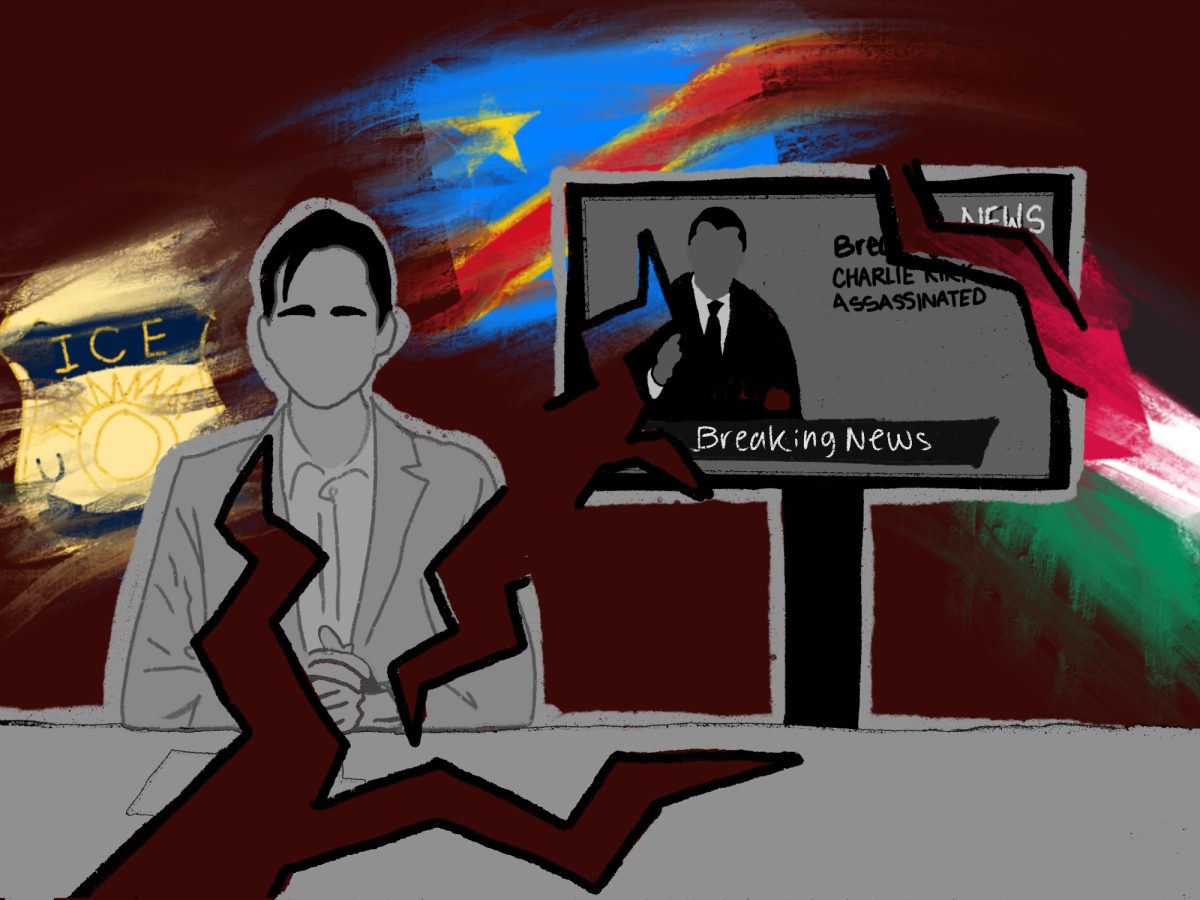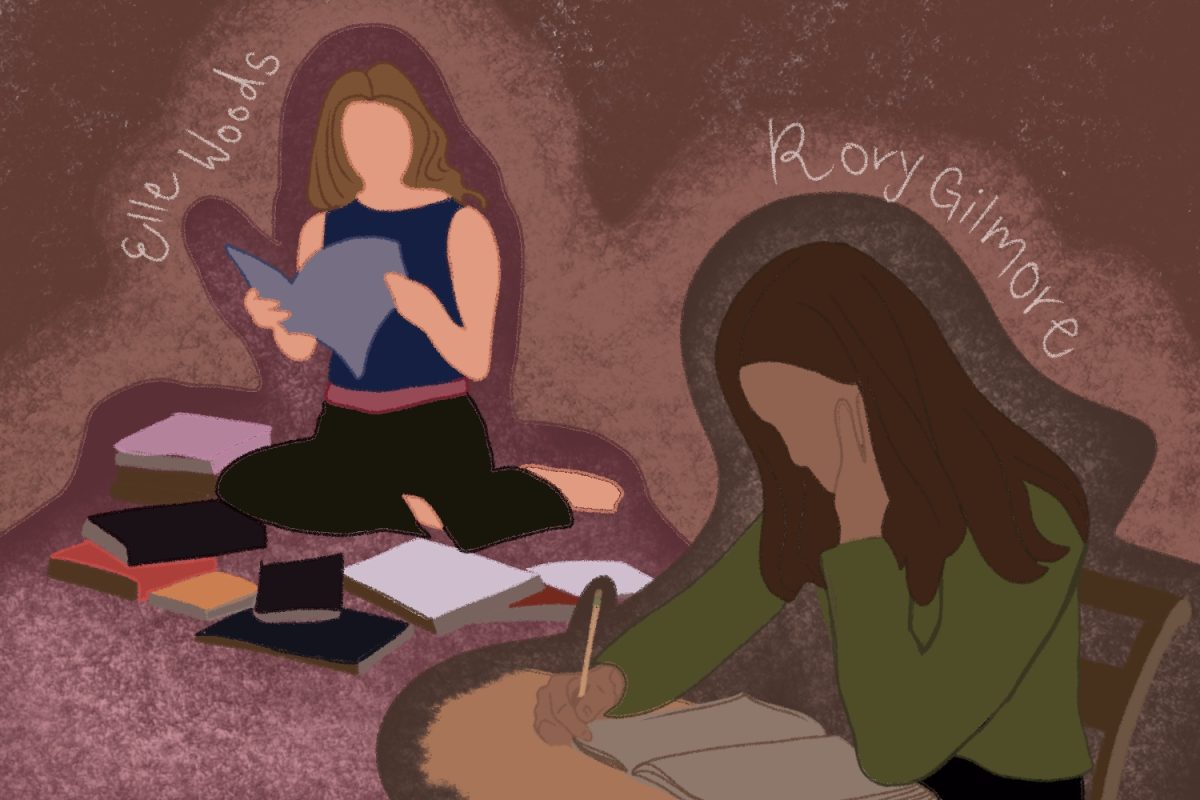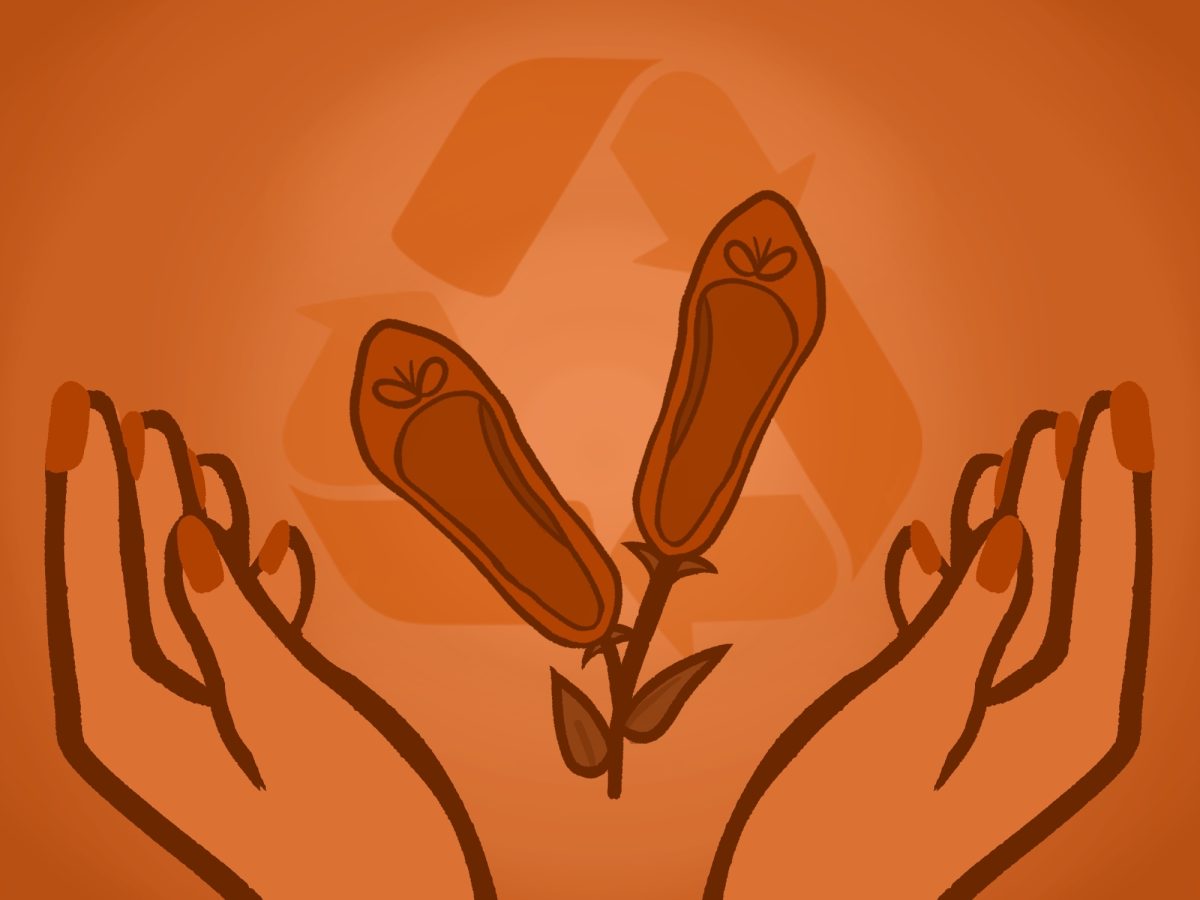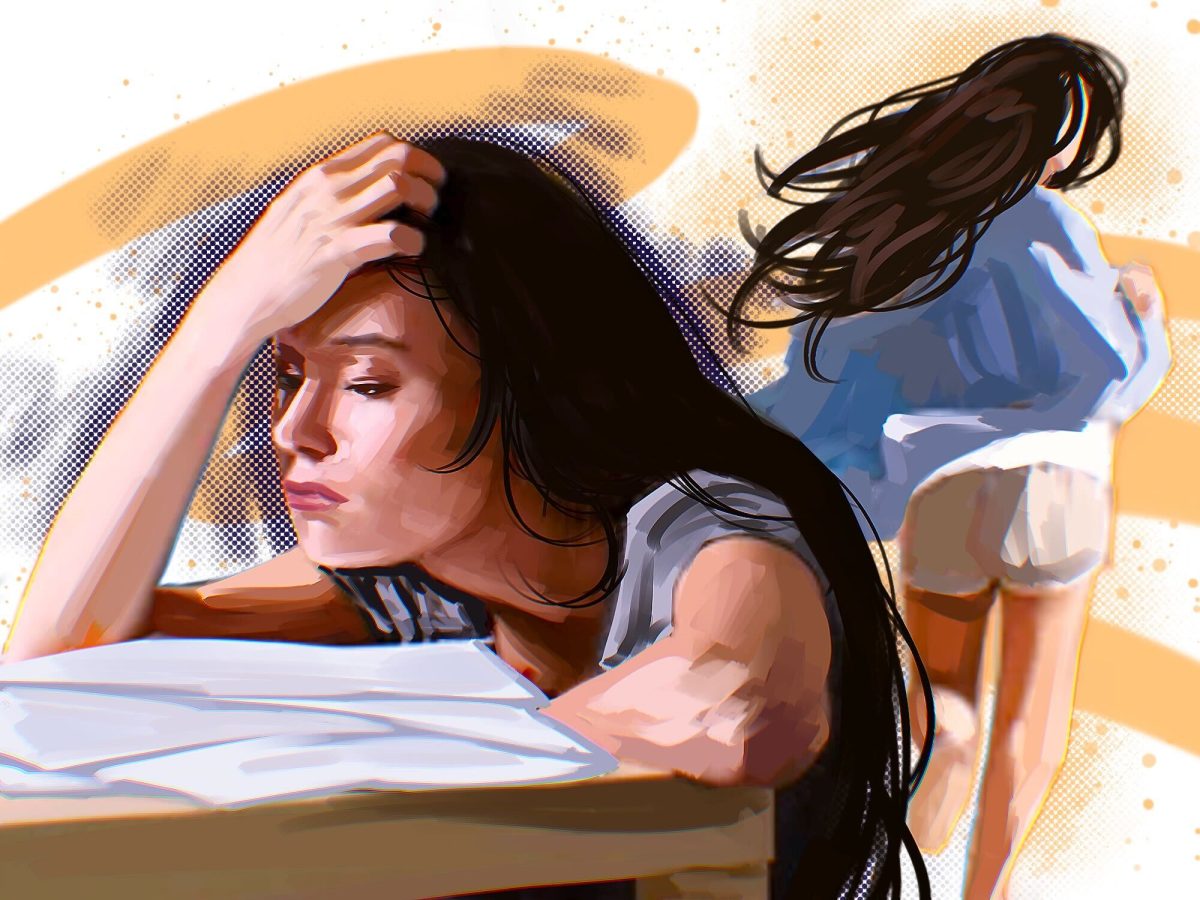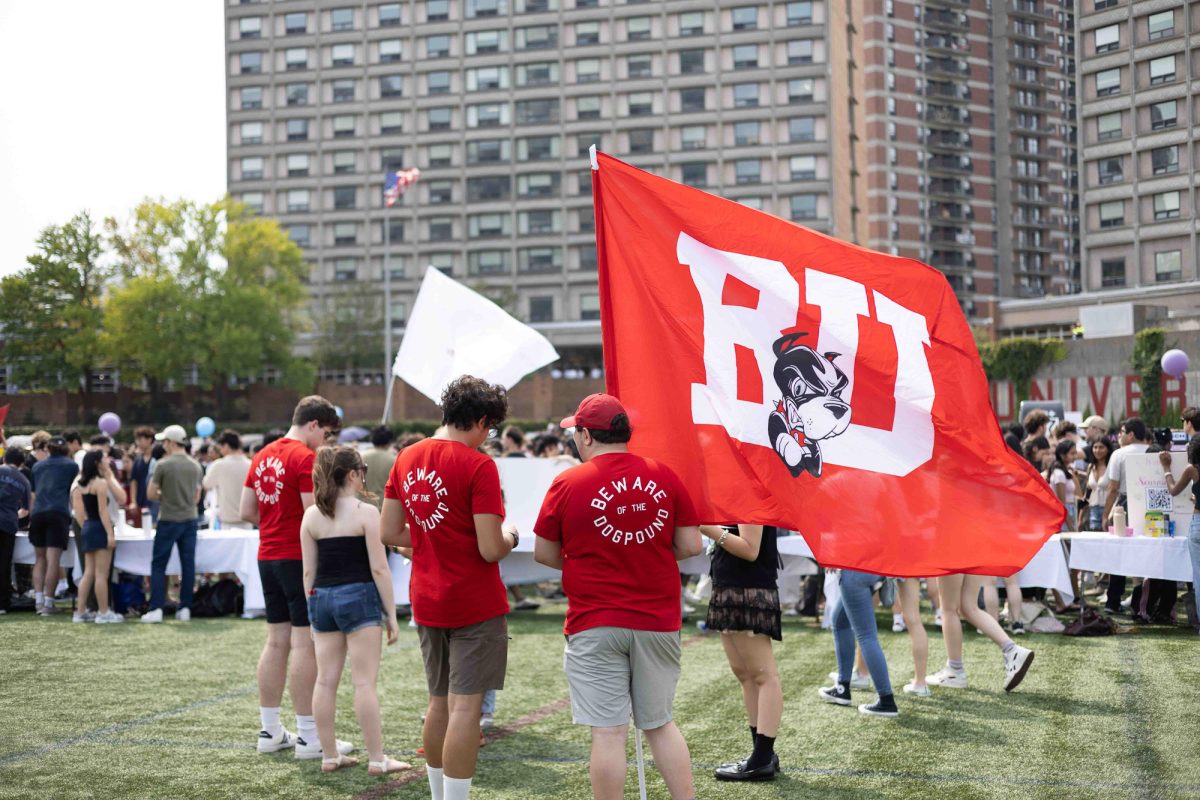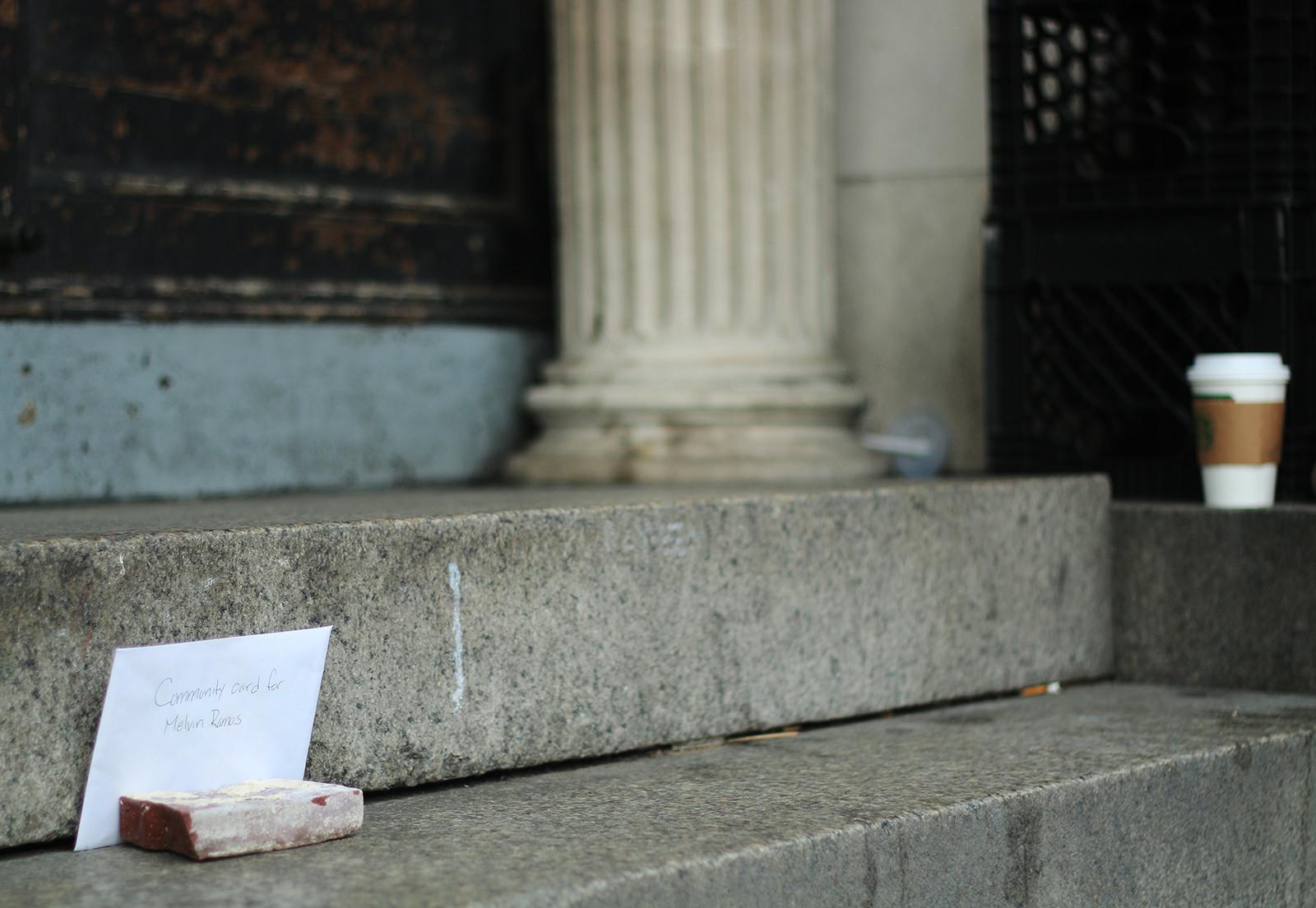Boston University’s campus has many staples: the million-dollar dining hall on Bay State Road, the stunning views of Boston from 33 Harry Agganis Way, the BMWs and Mercedes outside of the Questrom School of Business.
And then there was Melvin, the homeless man that lived in the nook next to City Convenience in Kenmore Square.
As we rushed to and from class in East Campus, the scraggly 50-something-year-old quietly passed his days with his makeshift sleeping bag and tattered donation cup. While he was a sobering reminder of our privilege as BU students, he was also our opportunity to innocently rack up some good karma for later.
If we had some spare change, we would drop it in Melvin’s cup. On cold nights, we bought him hot coffee. If we didn’t have the time in our busy schedules, at the very least we’d grant him a smile or nod of the head. We were kind to Melvin because he was kind to us.
But now that Melvin is apparently dead, we’re left with the uncomfortable question that hindsight usually provokes: should we have done more?
Absolutely.
Word spread of Melvin’s passing on Friday through a Facebook post by the New England School of Photography. By the end of the weekend, the post had dozens of comments from people mourning his loss and recounting pleasant encounters that they had of him.
On Sunday, a card with dozens of people offering their written condolences was perched on the steps where Melvin used to sleep.
“I never personally knew you, but I apologize for not doing a better job in helping those in need,” one person anonymously wrote.
No matter how much was or wasn’t done, we could have always tried just a little bit harder. Because it is not just about Melvin — but it is also about what he represents.
Massachusetts has a “right to shelter” law that guarantees qualified families a place to say, but traditional shelters have been over capacity for years, according to a 2014 Boston Globe article.
Despite the fact that Boston has a lower amount of people living on the streets compared to other cities in the nation, homeless people still dot the sidewalks, parks and streets. Between 2011 and 2015, Boston saw an increase of more than 15 percent in the amount of homeless people, including those staying in emergency shelters and temporary housing, according to the Boston Public Health Commission.
A recent Boston Globe article notes an uptick in the amount of homeless people living on the streets in the Back Bay, Newbury Street and Copley Square — areas that are constantly buzzing with businessmen, tourists and shoppers.
But city managers and groups are taking note of the issue. At weekly task force meetings, groups around the city report the names, locations and needs of the people that they see on the street. Jim Greene, director of the city’s Emergency Shelter Commission told the Globe that there is an “increased focused on those partnerships offering resources to try and break the cycle of homelessness.”
Reasons for the uptick in homelessness has been attributed to increased housing costs, overcrowded shelters and a surge of drug use in the city.
A 2011 profile of Melvin says that he became homeless in Kenmore Square more than 30 years ago after a “painful” childhood in Dorchester and a bout with alcoholism squashed his dreams of becoming a firefighter.
Although we cannot measure the genuine aching in people’s hearts when they saw Melvin on a cold night, or count the amount of times people made a valiant attempt to put a roof over his head, at the end of the day Melvin still fell asleep and woke up on the street of Boston University’s campus.
Melvin was an ironic staple on our multi-million dollar institution, and a reminder of the uncomfortable juxtaposition of the rich and poor that exists beyond our campus.
But while his presence symbolized a lot, the empty nook near City Co now represents even more.
More can always be done.


